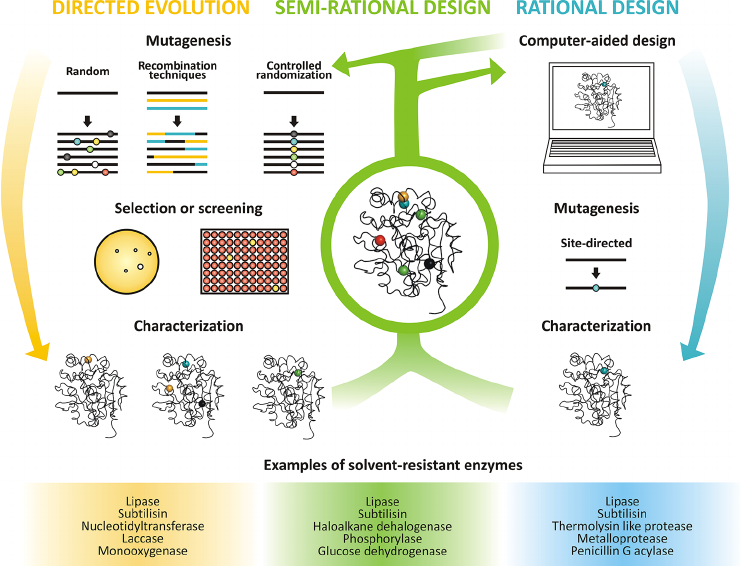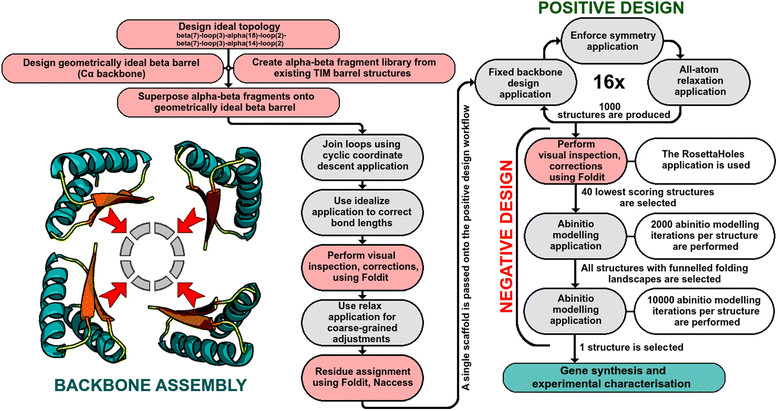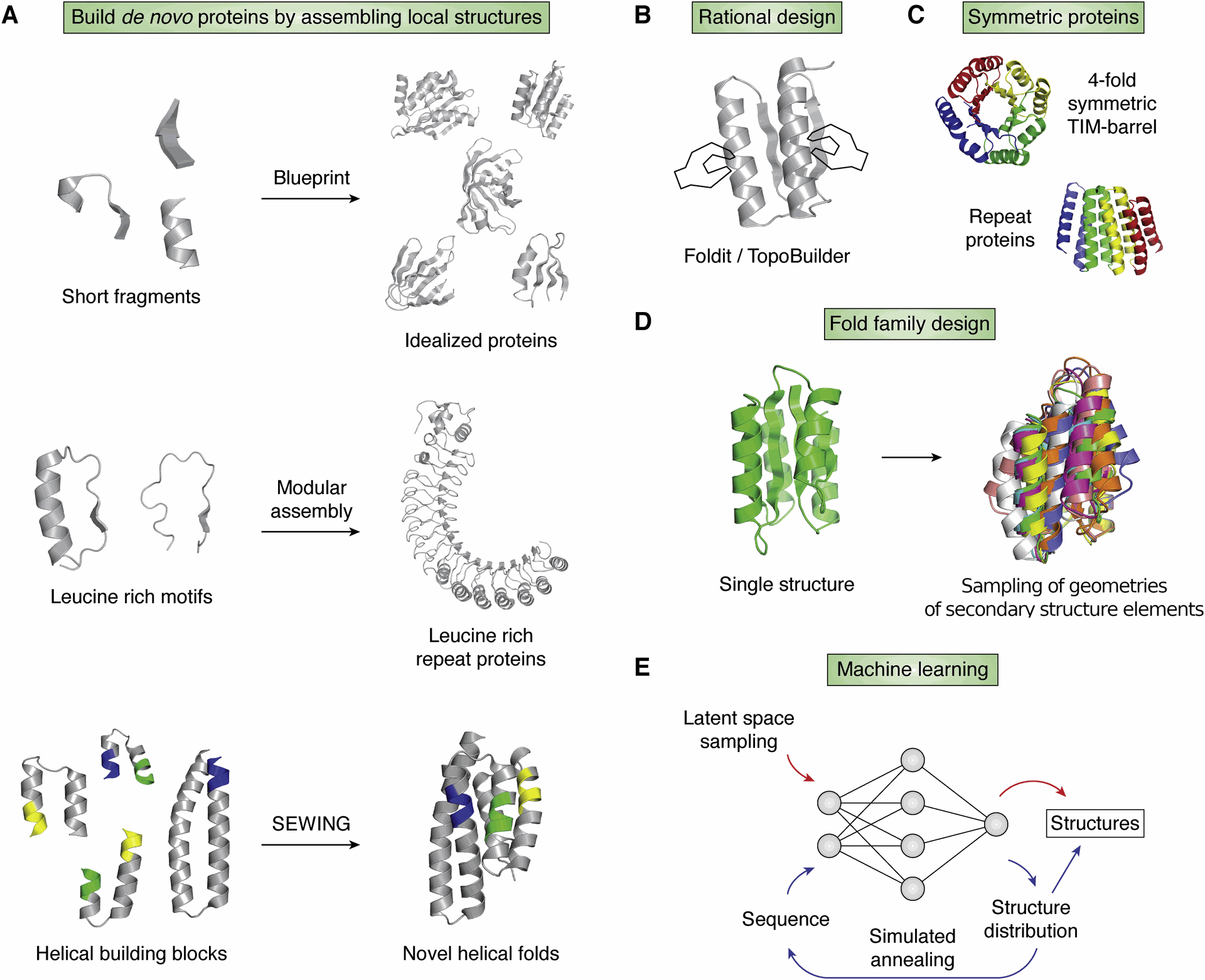Proteins are the essential molecular machines within cells, responsible for a vast array of biological functions. Protein engineering and design have emerged as powerful techniques to modify proteins at the molecular level, leading to advancements in medicine, biotechnology, and materials science. This blog post explores the methods used in protein engineering and directed evolution, the design of proteins for specific therapeutic and industrial applications, and the challenges and breakthroughs in creating entirely new proteins from scratch (de novo design).
Techniques: Modifying Existing Proteins
Protein engineering encompasses a range of methods for altering existing protein sequences to achieve desired characteristics. One approach, rational design, leverages our understanding of the relationship between protein structure and function to introduce specific mutations. Computational tools predict the impact of these mutations on protein folding and stability, allowing researchers to make informed changes.
Another powerful technique is directed evolution, which mimics natural selection in a laboratory setting. Here, a library containing numerous protein variants with random mutations is generated and screened for desired functions. Repeated cycles of mutation and selection lead to the evolution of proteins with improved properties.
These techniques are often combined. Researchers can leverage the strengths of both rational design and directed evolution to achieve optimal results.
Designing Proteins for Applications
Protein engineering holds significant promise for developing novel therapeutics. By engineering antibodies with enhanced affinity and specificity for target antigens, researchers can create more potent and targeted drugs for various diseases. Additionally, enzymes can be engineered to improve their catalytic efficiency or substrate selectivity, leading to more effective biocatalysts for industrial processes.
For example, engineered enzymes are being explored for the degradation of plastics, offering a potential solution to plastic pollution. Protein design can also extend beyond naturally occurring amino acids. The incorporation of non-standard amino acids with unique chemical functionalities allows for the creation of proteins with entirely new properties, opening doors for novel materials with tailored functions.
Maxanim is a supplier of high-quality reagents and tools that can be valuable for researchers in protein engineering and design. Their product portfolio includes purified proteins, mutagenesis kits, supporting every step of the protein design workflow.
Challenges and Breakthroughs in De Novo Design
The ultimate goal of protein design is de novo design – creating entirely new protein structures and functions from scratch. This ambitious endeavor faces significant challenges. Predicting how a protein sequence folds into a functional three-dimensional structure remains a complex problem. Additionally, ensuring the protein has the desired stability and activity can be difficult.
Despite these challenges, significant breakthroughs have been made in de novo protein design. Computational algorithms are constantly being refined to improve the accuracy of structural predictions. Moreover, researchers are developing new methods for stabilizing and functionally optimizing de novo designed proteins. These advancements hold promise for the future of protein engineering, enabling the creation of proteins with entirely novel functionalities for diverse applications.
Future Directions
Protein engineering and design represent a rapidly evolving field with the potential to revolutionize various sectors. As our understanding of protein structure-function relationships deepens, and computational tools become more sophisticated, we can expect even more remarkable advancements in the years to come.
Learn more about Protein Engineering and Design in this video:



Protein Engineering and Design: Tailoring Proteins for Specific Needs